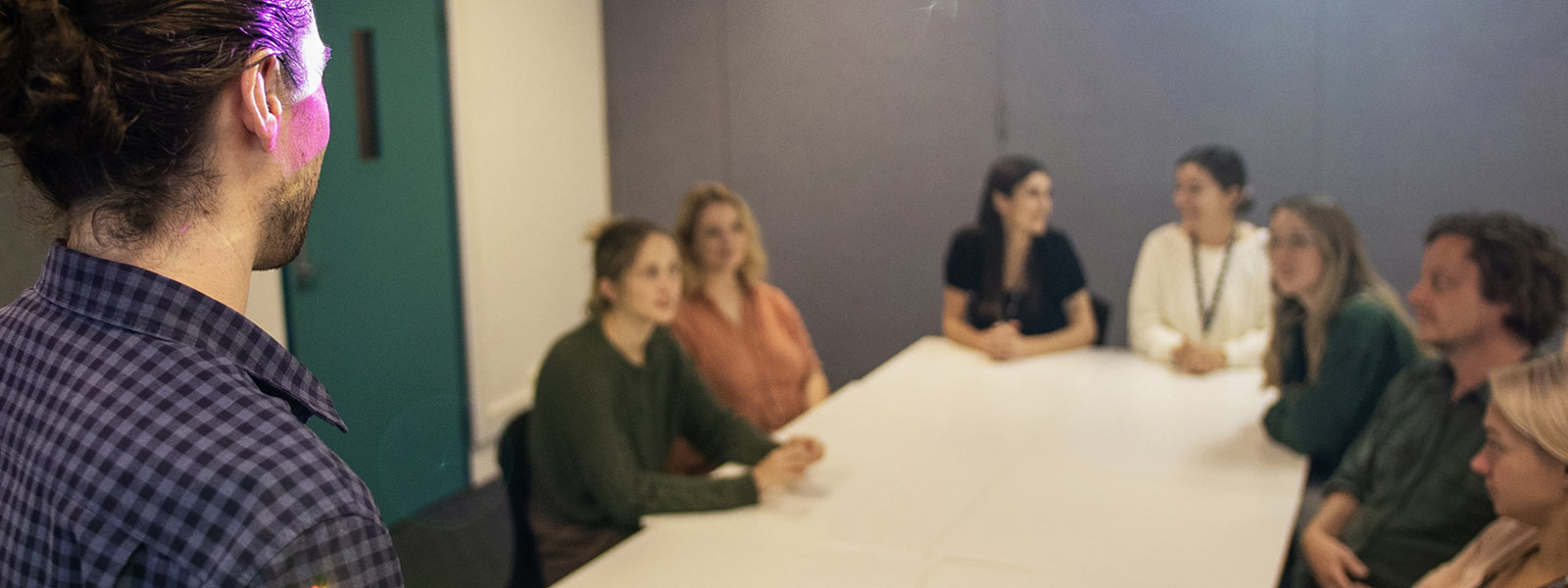
Learning Design and Teaching Innovation
What is it?
A debate is a form of discussion between two parties holding different views on a topic. In the classroom, a debate involves individuals or teams presenting their argument in a structured manner. Each express their competing perspectives, with the aim of disputing the opposing view and asserting their own position.
Why use it?
Debates contribute to the development of learning outcomes related to communication, teamwork, and analytical skills. If combined with other approaches, information literacy and problem-solving skills may also be developed and enhanced. Debate can be used to encourage active verbal participation, to reinforce presented content, or to challenge beliefs and think critically on controversial topics.
How does it work?
Decide on a topic aligned to your learning outcomes eg ’Australia should introduce a sugar tax’ and introduce the topic to the class. For blended lessons material can be presented online in preparation for the debate in face-to-face class. Assign students to either the Affirmative (A) and Negative (N) teams and provide an appropriate amount of time to prepare their case. The teams each nominate four speakers to present on behalf of the team. Ensure students are aware of any rules for the debate, such as time limits for each speech, and the requirement to attack the argument, and not the person. If the debate is to be held face-to-face ensure the room is laid out so teams can speak to each other. Run the debate and ensure time limits are adhered to eg. A 3mins, N 3mins, A 3 mins, N 3mins, A 3 mins, N 3mins, A 3 mins, N 3mins. Debrief at the end of the activity to have student reflect on their learnings. Reinforce learning outcomes, including both content and soft skills. Provide feedback to students on issues raised and presentation skills.
Acknowledgement
This resource is based on the “Not a waste of space” project materials produced by RMIT University and the University of Melbourne, with the support of the Australian Government Office for Learning and Teaching. Used under a Creative Commons Attribution-ShareAlike 3.0 Unported License. Except where otherwise noted, this content is licensed under a Creative Commons Attribution-ShareAlike 4.0 International License.
The University of Newcastle acknowledges the traditional custodians of the lands within our footprint areas: Awabakal, Darkinjung, Biripai, Worimi, Wonnarua, and Eora Nations. We also pay respect to the wisdom of our Elders past and present.
